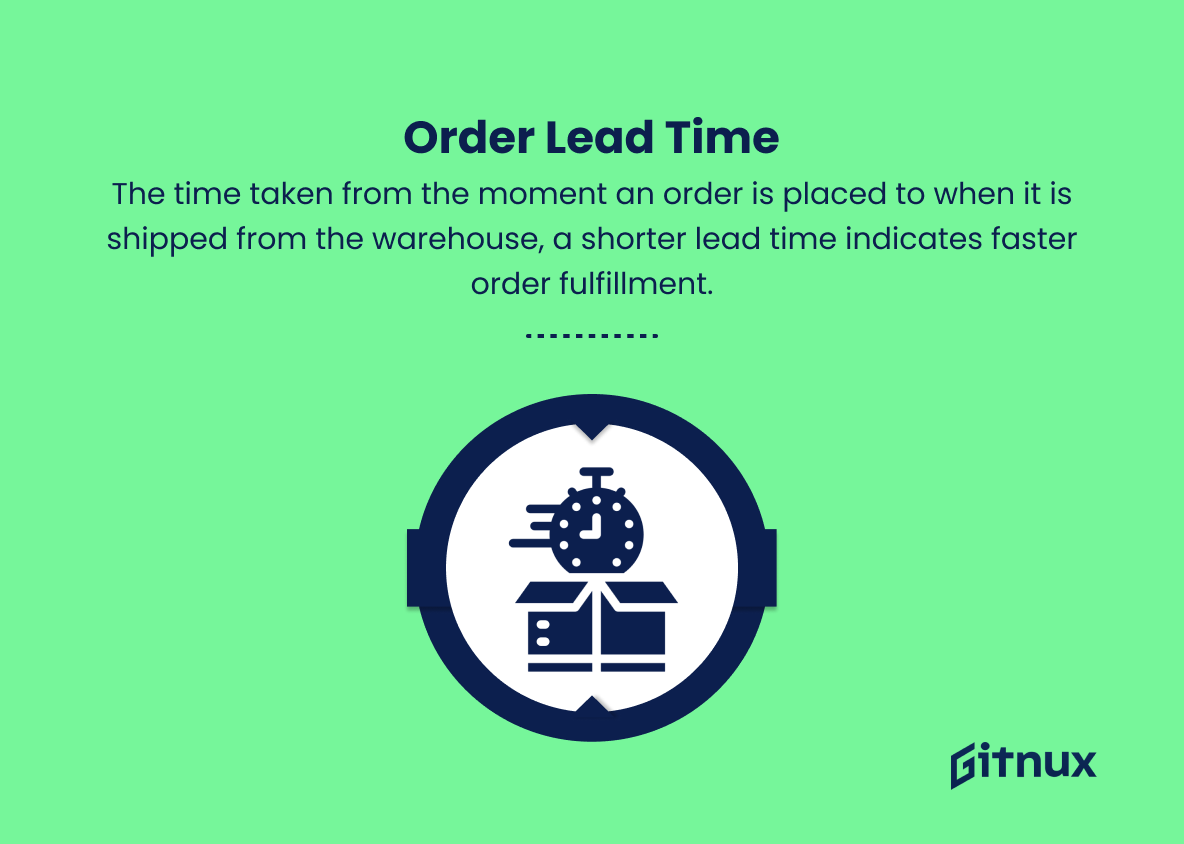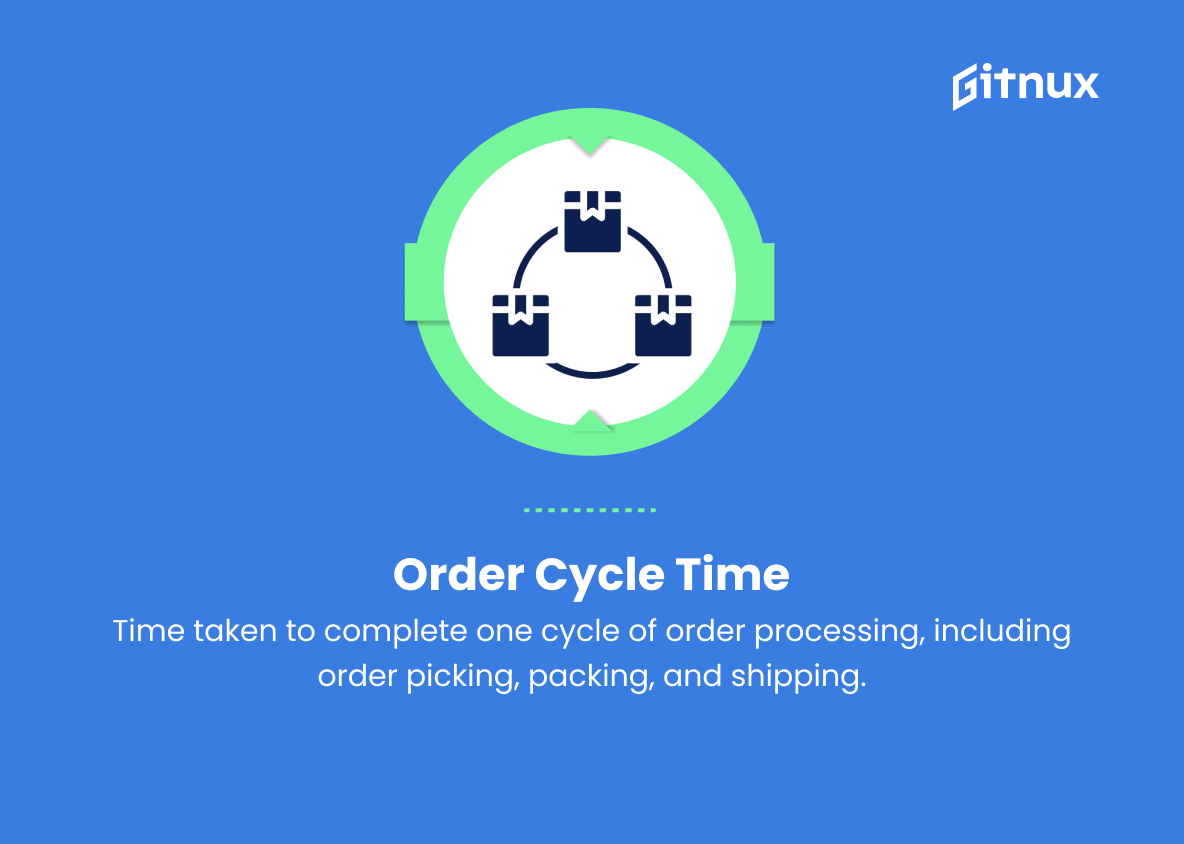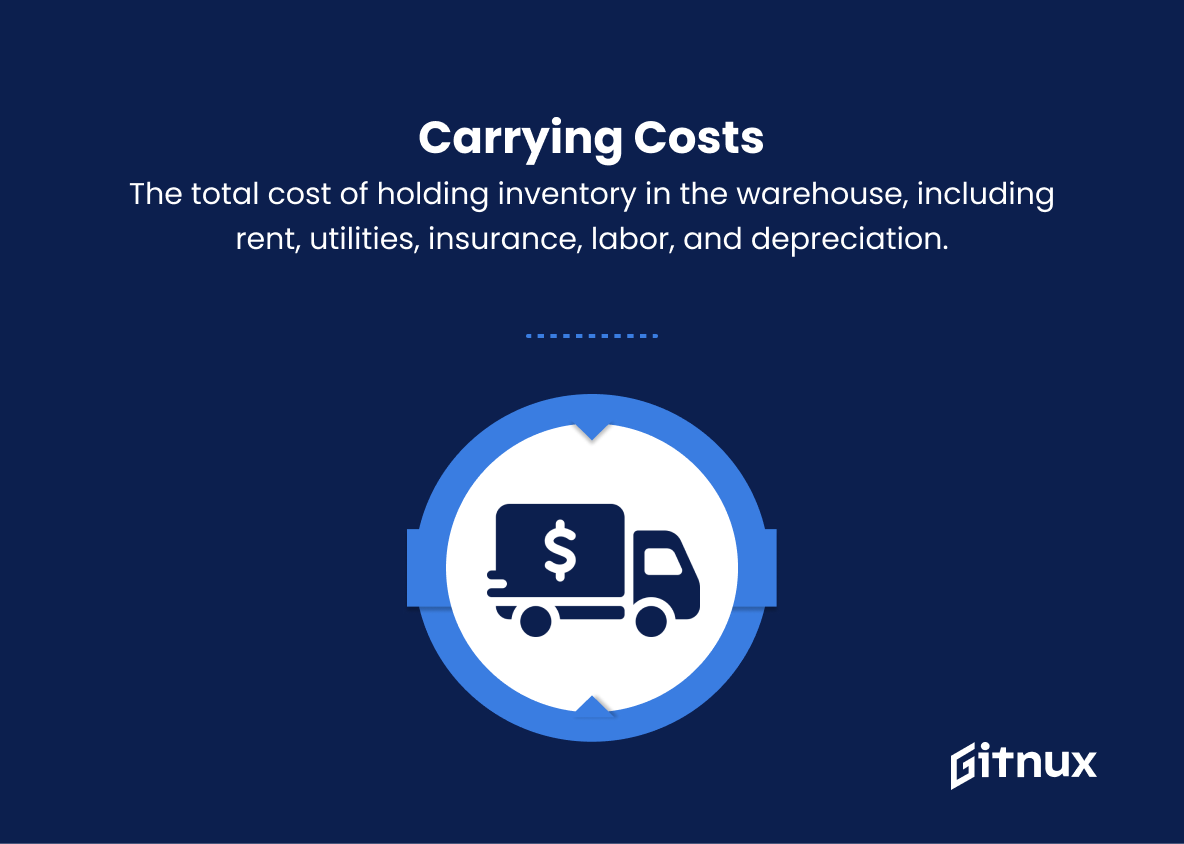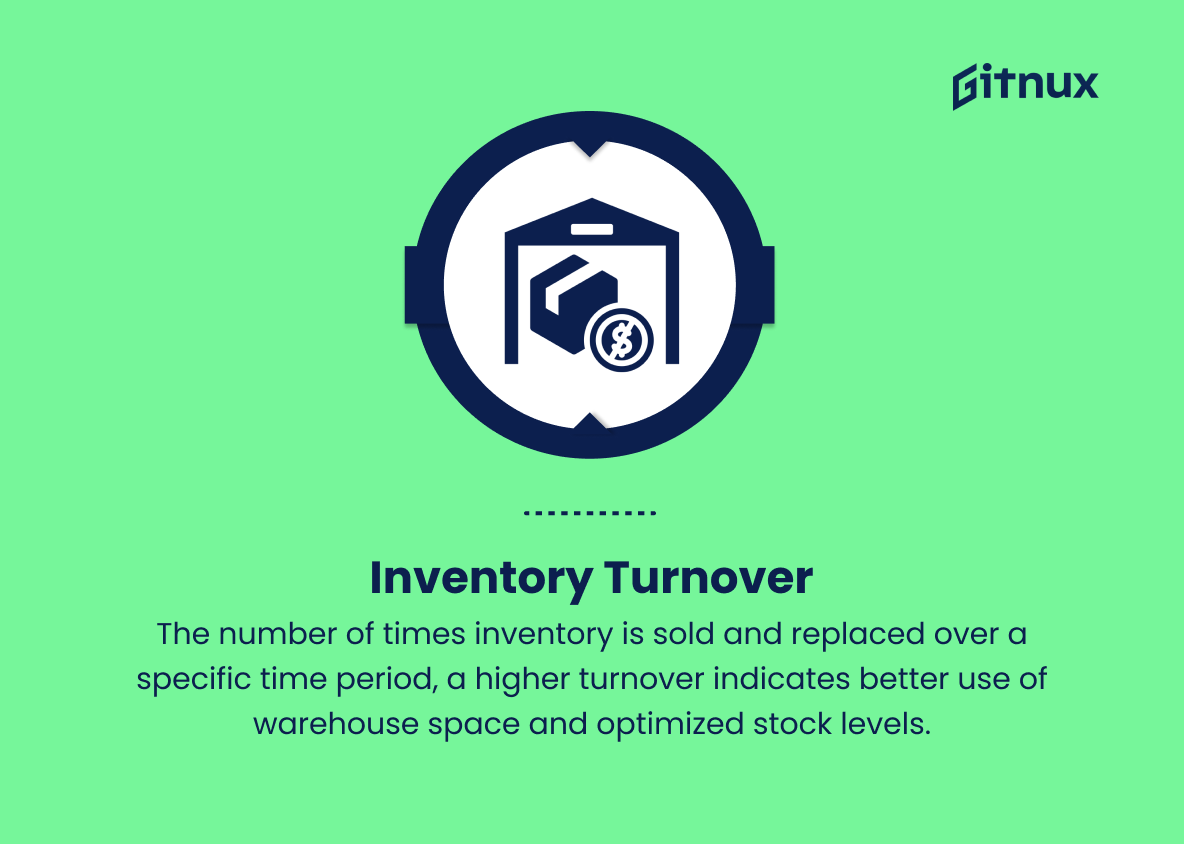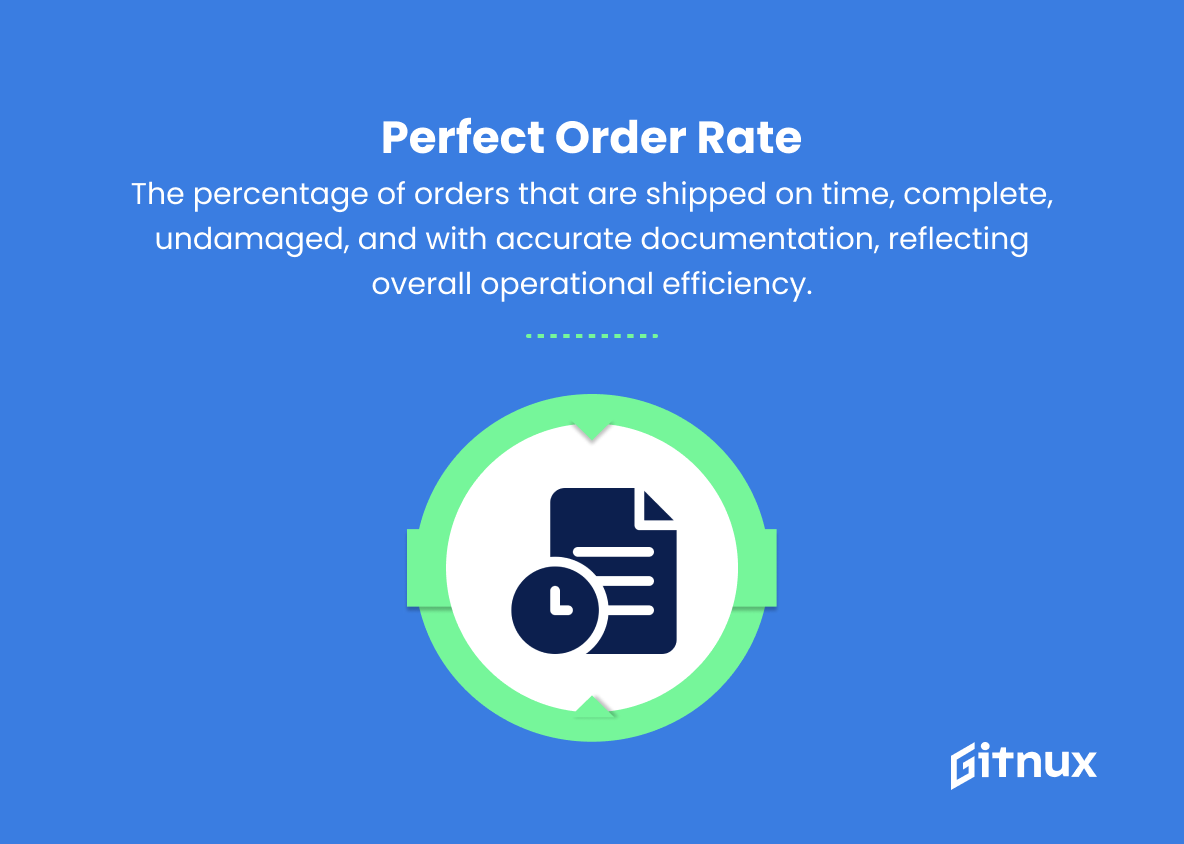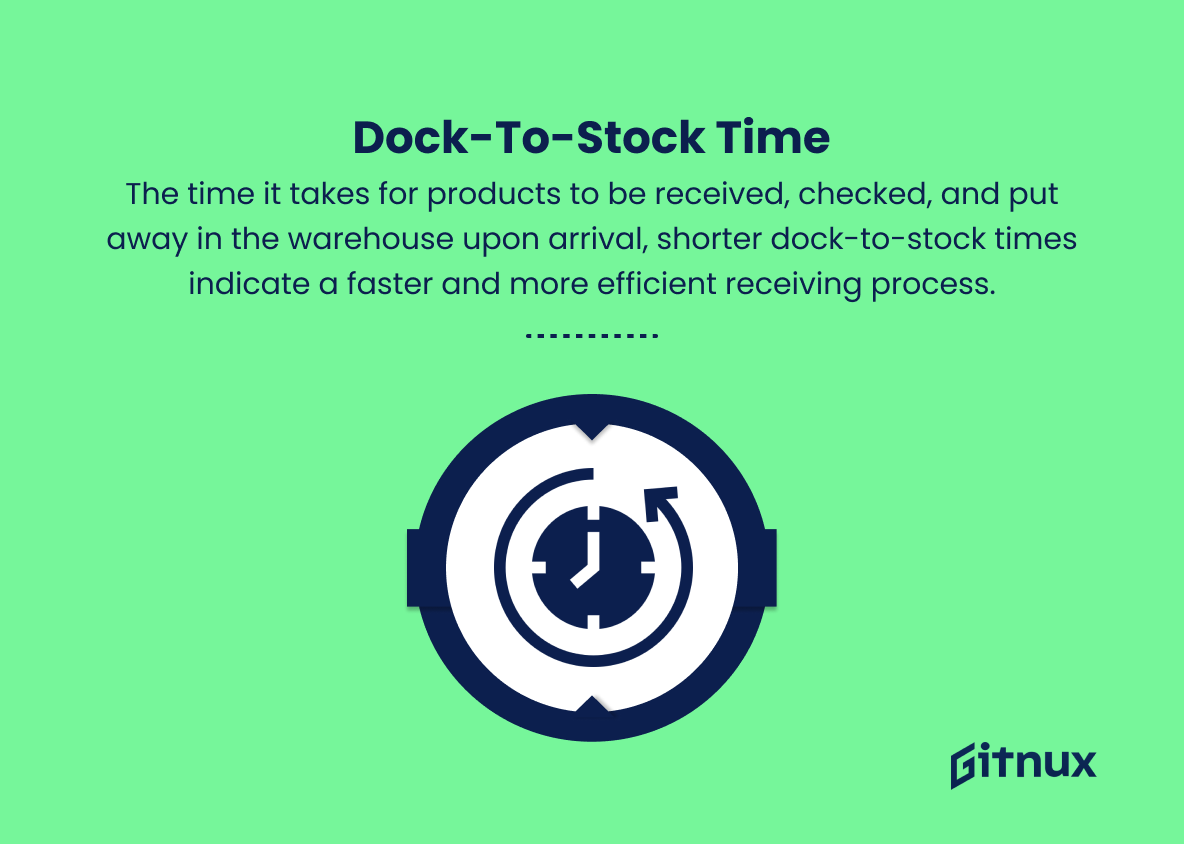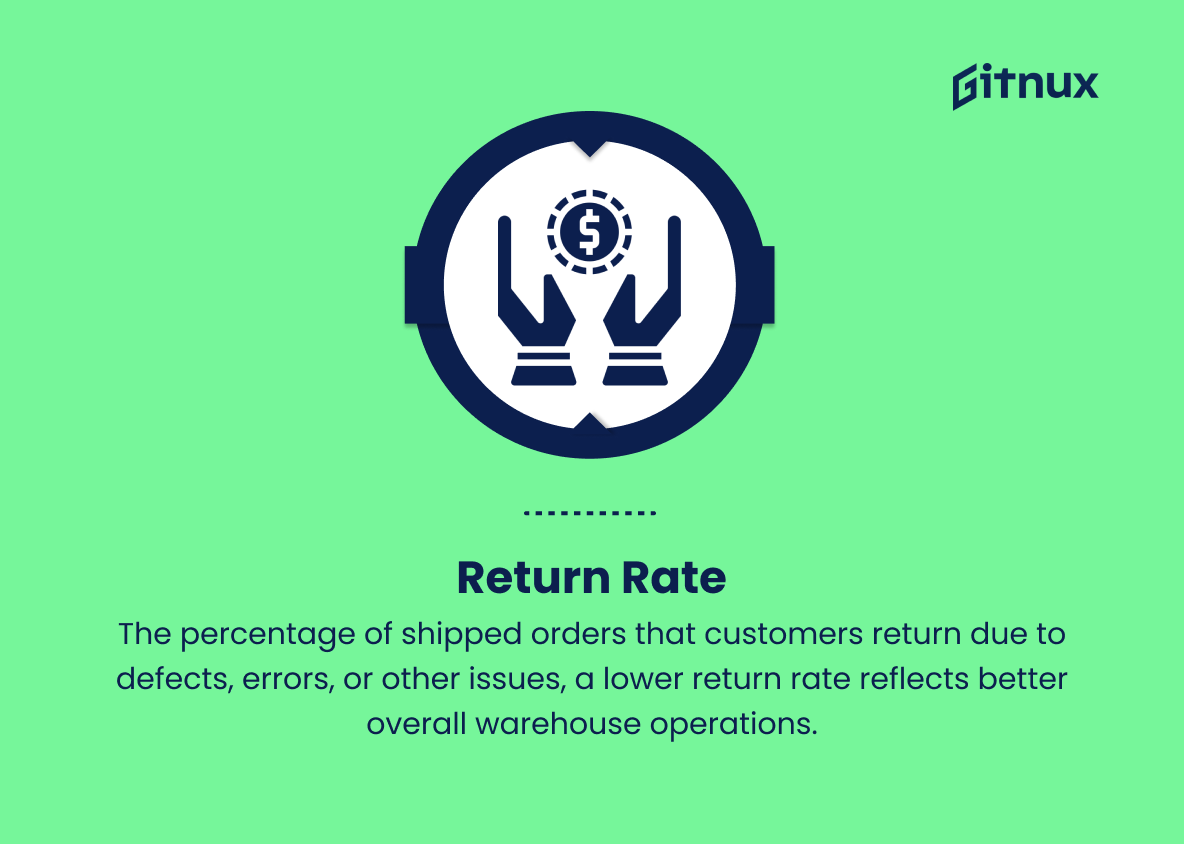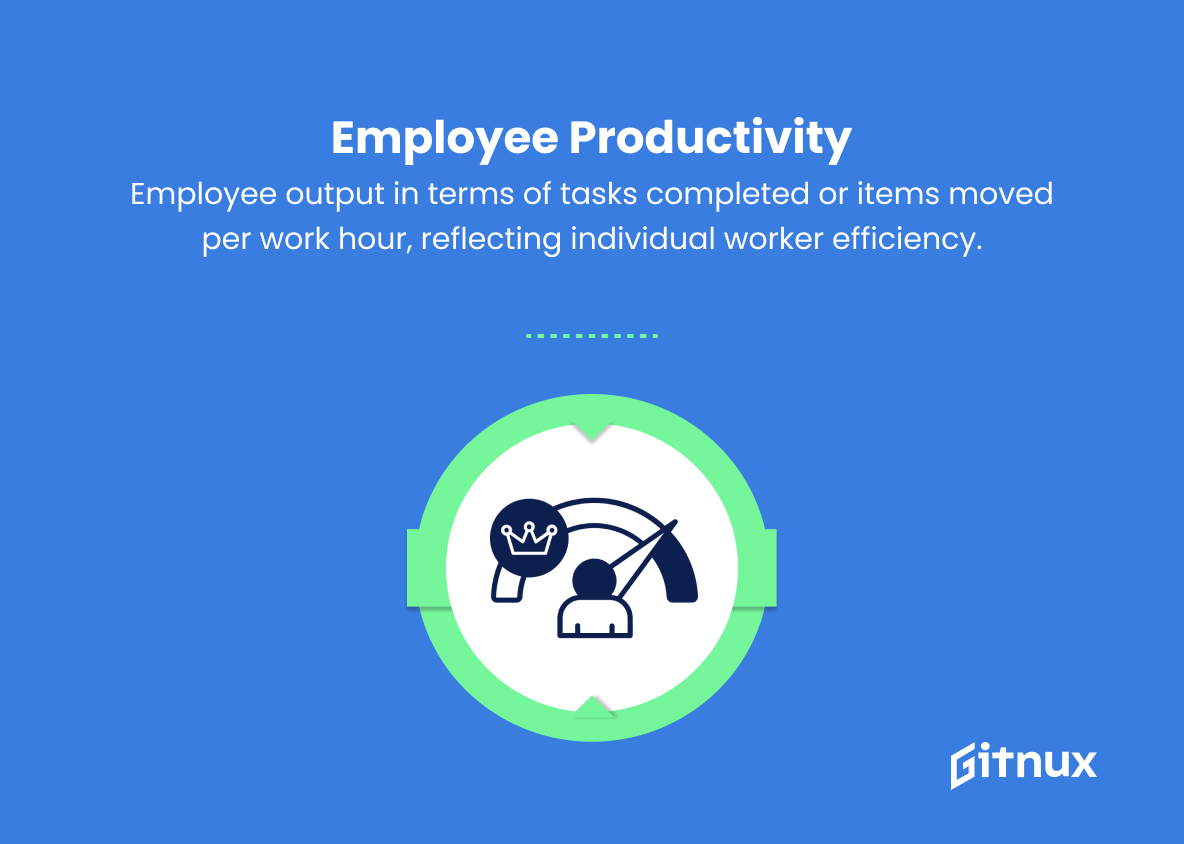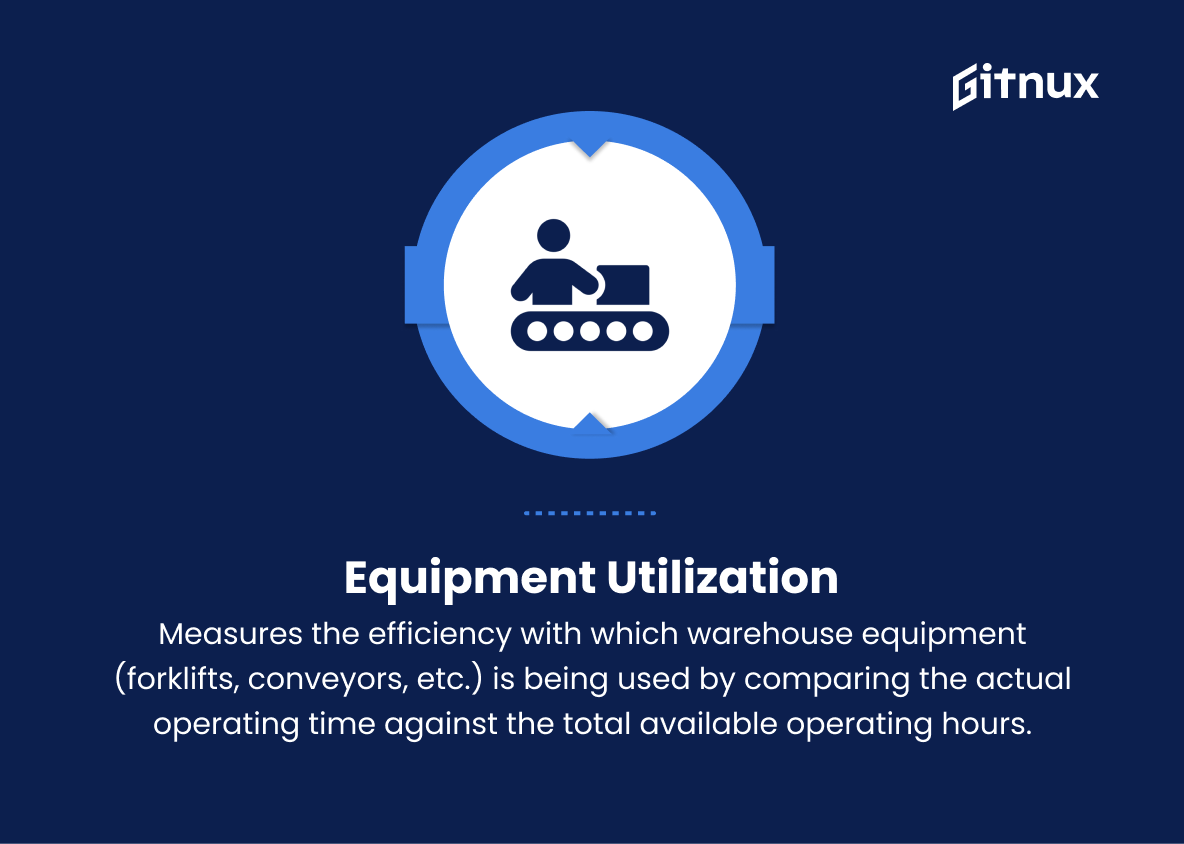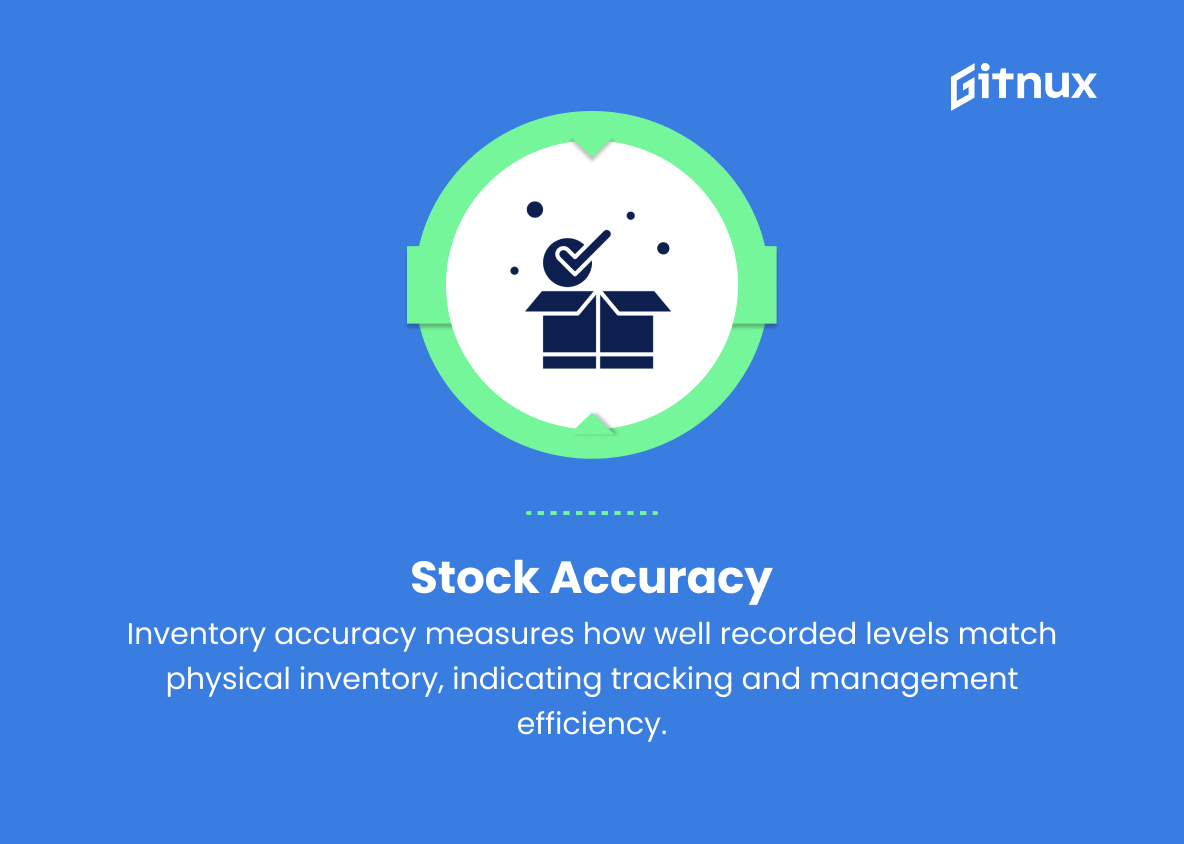In today’s highly competitive business environment, maintaining peak warehouse performance is crucial to staying ahead in the ever-evolving world of supply chain management. Warehouse productivity metrics are the indicators that allow you to measure, monitor, and optimize the various processes within your warehouse, ensuring top-notch performance and operational efficiency.
In this comprehensive blog post, we will delve into the significance of these essential metrics, explore various key performance indicators (KPIs) used in the industry, and provide expert tips on effectively implementing them to boost your warehouse’s productivity and overall success. Strap in as we navigate through the crucial world of warehouse productivity metrics and unlock the full potential of your operation.
Warehouse Productivity Metrics You Should Know
1. Picking Accuracy
Measures the percentage of accurately picked orders compared to total picked orders, ensuring order accuracy and customer satisfaction.
2. Order lead time
The time taken from the moment an order is placed to when it is shipped from the warehouse, a shorter lead time indicates faster order fulfillment.
3. Order cycle time
Time taken to complete one cycle of order processing, including order picking, packing, and shipping.
4. Carrying costs
The total cost of holding inventory in the warehouse, including rent, utilities, insurance, labor, and depreciation.
5. Inventory turnover
The number of times inventory is sold and replaced over a specific time period, a higher turnover indicates better use of warehouse space and optimized stock levels.
6. Perfect order rate
The percentage of orders that are shipped on time, complete, undamaged, and with accurate documentation, reflecting overall operational efficiency.
7. Utilization of warehouse space
Measures the percentage of available storage space occupied by inventory, a higher utilization rate can indicate efficient use of space or potential overcrowding issues.
8. Dock-to-stock time
The time it takes for products to be received, checked, and put away in the warehouse upon arrival, shorter dock-to-stock times indicate a faster and more efficient receiving process.
9. Labor cost per item
The average labor cost for picking, packing, and shipping a single item, a lower labor cost per item indicates more efficient labor utilization.
10. Backorder rate
The percentage of customer orders that cannot be fulfilled on time due to insufficient stock, a lower backorder rate indicates better inventory management.
11. Return rate
The percentage of shipped orders that customers return due to defects, errors, or other issues, a lower return rate reflects better overall warehouse operations.
12. Employee productivity
Employee output in terms of tasks completed or items moved per work hour, reflecting individual worker efficiency.
13. Equipment utilization
Measures the efficiency with which warehouse equipment (forklifts, conveyors, etc.) is being used by comparing the actual operating time against the total available operating hours.
14. On-time shipment rate
The percentage of orders shipped on or before the promised delivery date, indicating the warehouse’s ability to meet customer expectations.
15. Stock accuracy
The degree to which recorded inventory levels in the warehouse management system match the actual physical inventory, reflecting the accuracy and efficiency of inventory tracking and management.
Warehouse Productivity Metrics Explained
Warehouse productivity metrics are crucial in managing and improving efficiency, customer satisfaction, and overall warehouse operations. Picking accuracy ensures order accuracy, resulting in happy customers, while order lead time and cycle time reflect the warehouse’s ability to fulfill orders promptly. Carrying costs represent the financial impact of holding inventory, and inventory turnover measures optimal stock levels. A high perfect order rate indicates high operational efficiency, and warehouse space utilization provides insights into space efficiency. Dock-to-stock time measures the receiving process’s speed, and labor cost per item gauges labor utilization.
Low backorder and return rates reflect effective inventory management and overall warehouse excellence. Employee productivity and equipment utilization metrics provide insights into individual worker and machinery efficiencies. Lastly, on-time shipment rates and stock accuracy demonstrate the warehouse’s ability to meet customer expectations and maintain accurate inventory tracking. These metrics are vital for a warehouse’s continuous improvement, profitability, and long-term success.
Conclusion
In essence, warehouse productivity metrics provide vital insights into the efficiency of warehouse operations, assisting managers in creating optimized, streamlined processes. By keeping a close eye on key metrics such as picking accuracy, order lead time, and warehouse capacity utilization, businesses can ensure they are meeting customer demands while maximizing overall performance.
Implementing innovative tools and technologies, such as Warehouse Management Systems (WMS), can further enhance data-driven decision making. Ultimately, consistent analysis and adaptation of warehouse strategies based on productivity metrics will result in a more cost-effective and competitive business, enabling growth and long-term success.

